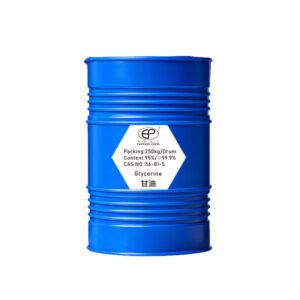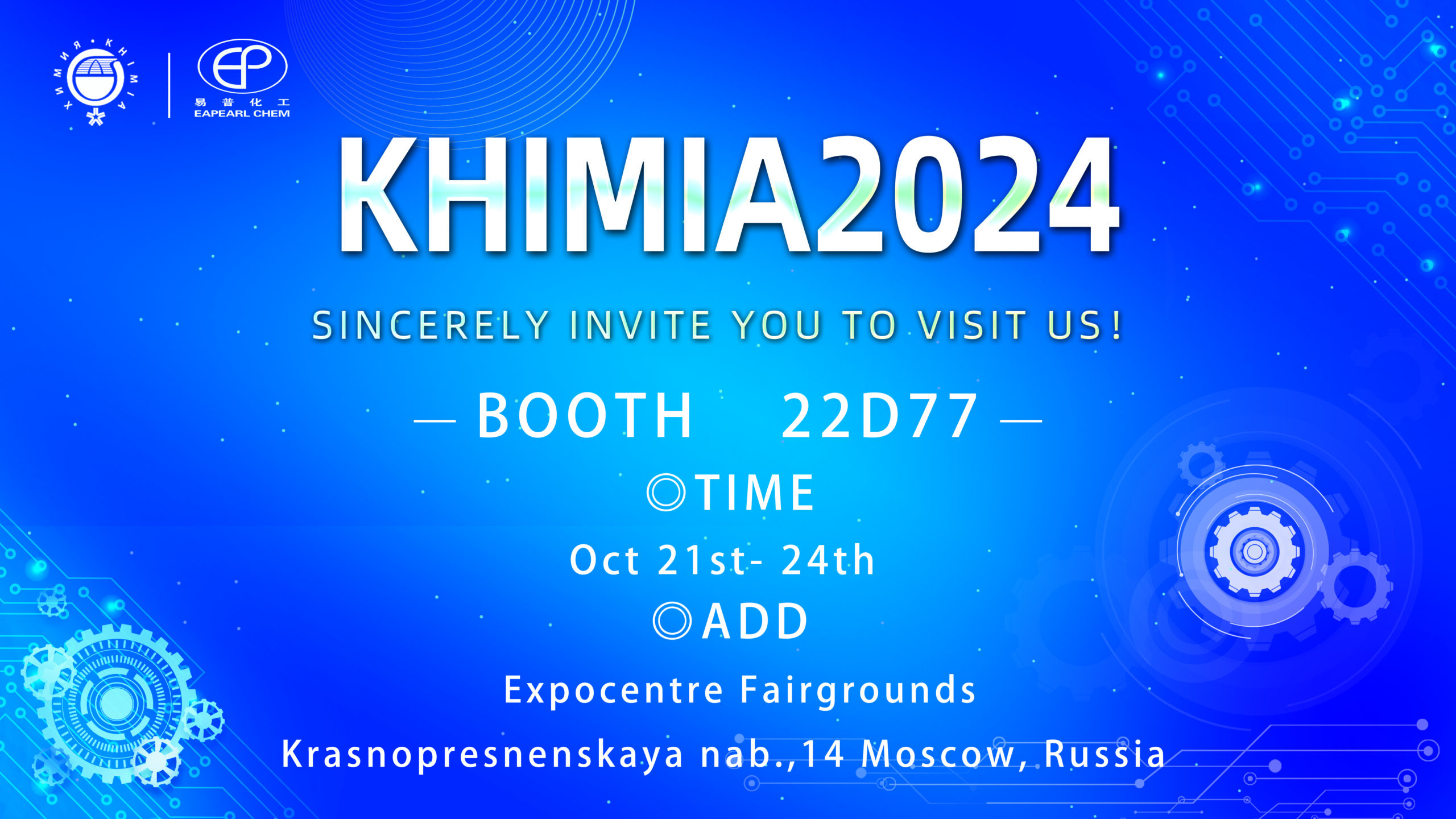Methylene chloride, also known as DCM, is a colorless, transparent liquid with a solid ether-like odor. It is heavier than water and highly volatile. It is slightly soluble in water and miscible with the most common organic solvents. Its low boiling point makes it easily volatilized during industrial production, causing environmental pollution.
Methylene chloride has the advantages of solid solubility and low toxicity. Safety films, polycarbonates, and other products are widely manufactured using propylene glycol. It is also commonly used as a paint solvent, metal degreaser, smoke propellant, polyurethane foaming agent, release agent, and paint remover. It is also used as a reaction medium in the pharmaceutical industry to prepare ampicillin, hydroxypicillin, and cefazolin.
Due to its high solubility and low toxicity, methylene chloride is often used as a degreasing agent in the electronics industry because of its affordability, strong cleaning power, and low boiling point. It is a solvent-based industrial cleaner widely used in industrial fields due to its low price, strong cleaning power, and low boiling point. It can quickly remove various industrial oils, dirt, and organic and inorganic oils from industrial materials. It has a strong reaction, dispersion, or dissolution cleaning ability to remove dirt thoroughly in a limited period. It also has corresponding measures to inhibit the corrosion of metals. It can meet the needs of precision cleaning of parts in many fields such as human, environment, materials, and safety. However, methylene chloride has intense irritation and corrosion, which may cause serious safety threats to users. At the same time, methylene chloride is also a carcinogen of Class II, so personal protection and emergency measures must be taken when using it.
In using methylene chloride cleaner, some improper use may occur, such as when the factory maintenance personnel contact methylene chloride cleaner due to operational errors and adverse reactions. We should avoid generating droplets during operation and wear appropriate personal protective equipment. Avoid letting the released vapor and droplets enter the air in the working area. Operate in a well-ventilated specific area and use the minimum amount. Emergency response equipment must be available for fire extinguishing and leakage handling. Residual hazardous substances may remain in empty storage containers. Do not operate near welding, flame, or hot surfaces.
If contact is made inadvertently, first, methylene chloride should be rinsed with plenty of water after contact with the skin. The soap should be used if possible. Take off the clothes stained with dirt, including shoes and socks. It must be washed thoroughly before wearing again. Secondly, immediately rinse or wash the eyes with clean water or saline until the irritation subsides. If the irritation persists, professional medical treatment is required. Finally, use an appropriate respiratory protective device and immediately transfer the patient. If the patient stops breathing, artificial respiration should be performed. Keep the body condition and send it to the hospital in time.








